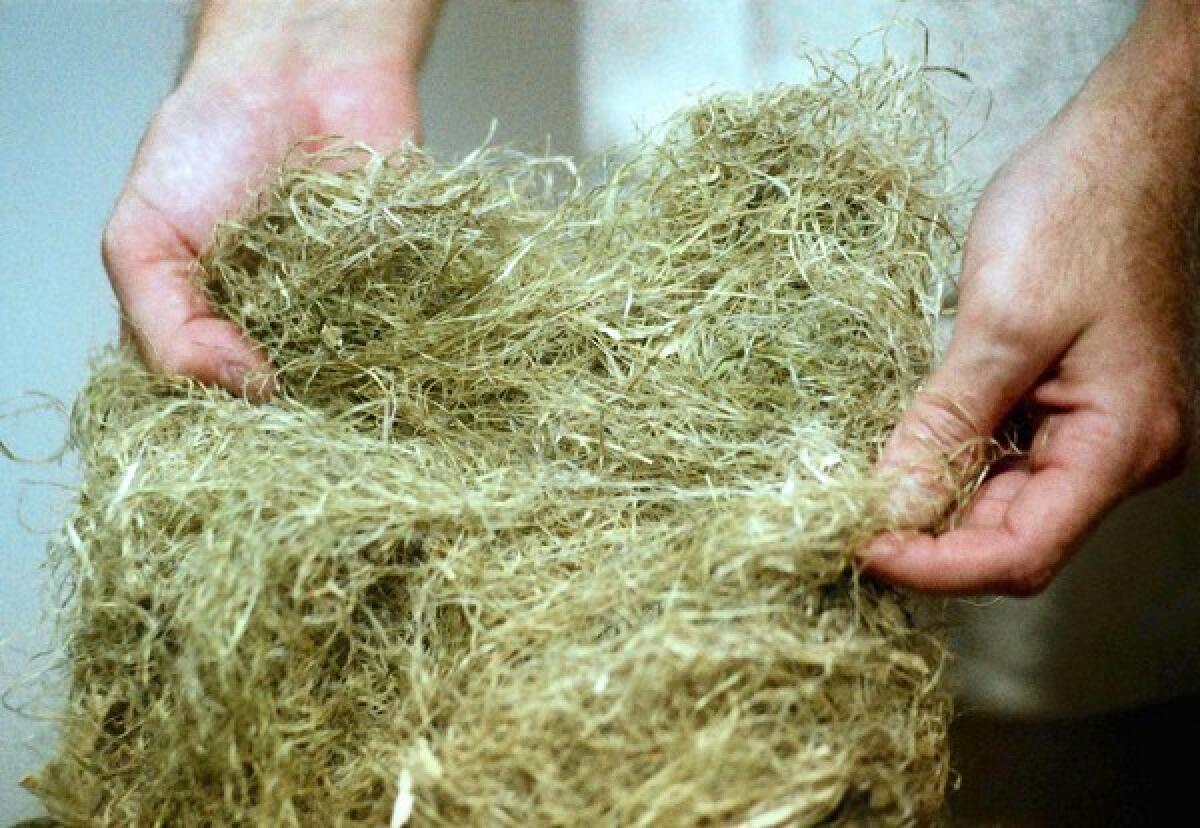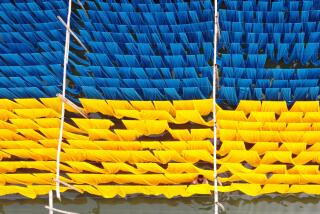Fabrics at a glance

- Share via
COTTON
Prized for: Soft feel and easy maintenance; wide availability
Percentage of clothes sold in the U.S. that incorporate cotton: Almost 75%
Primary sources: China, India, U.S.
FLAX
Prized for: Color and performance traits similar to cotton; plants require no irrigation and fewer chemical fertilizers and pesticides than cotton
Percentage of clothes sold in the U.S. that incorporate flax: 1.1%
Primary sources: Canada, China, India, U.S., Ethiopia
TENCEL
Prized for: Soft, drape-y feel; wood sourced from Forest Stewardship Council-certified forests; 99% closed-loop manufacturing process
Percentage of clothes sold in the U.S. that incorporate Tencel: 0.4%
Primary sources that that grow FSC-certified woods used in Tencel: South Africa (eucalyptus), Europe (beech), Canada and the U.S. (pine)
BAMBOO
Prized for: Soft feel; requires no irrigation, but processing uses heavy chemicals
Percentage of clothes sold in the U.S. that incorporate bamboo: 0.04%
Primary source: China
HEMP
Prized for: Durability, versatility and UV-resistance; plants require no irrigation and fewer chemical fertilizers and pesticides than cotton
Percentage of clothes sold in the U.S. that incorporate hemp: 0.003%
Primary sources: China, Chile, South Korea
More to Read
Sign up for The Wild
We’ll help you find the best places to hike, bike and run, as well as the perfect silent spots for meditation and yoga.
You may occasionally receive promotional content from the Los Angeles Times.






